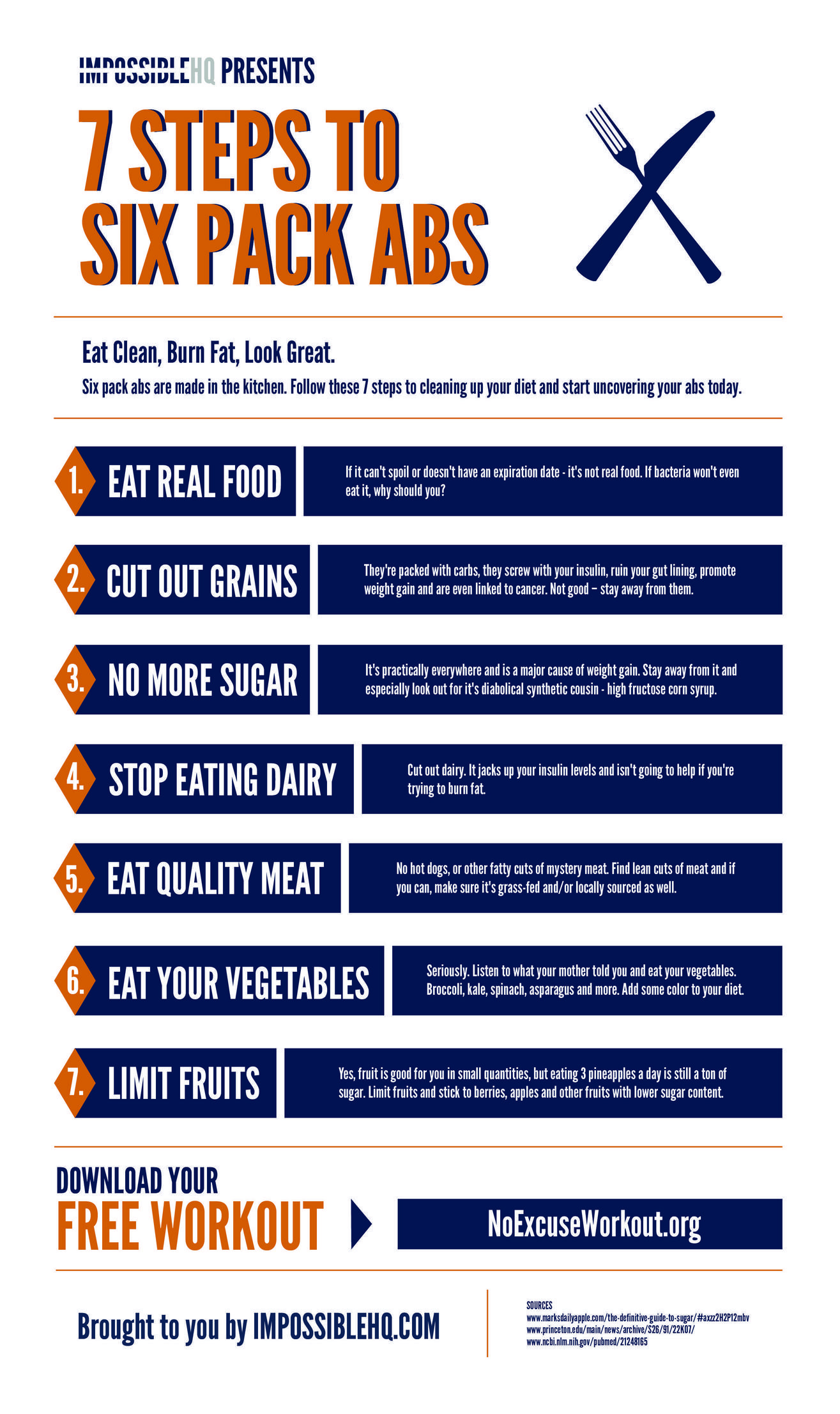
On June 12, the bipartisan Policy Center established a Rural Health Task Force with funding from The Leona M. and Harry B. Helmsley Charitable Trust. The team includes business leaders, doctors, and ex-elected officials. Their recommendations will help policymakers make informed decisions about rural health. They are also committed in using data for their research. In this article, we will review a few of the strategies and policies being tested across the country.
Rural hospitals should expand Medicaid to be able to identify the most efficient programs and services. While modest Medicaid reimbursements are better than none it doesn't eliminate the risk of hospital debt. The Affordable Care Act also has not been a financial boon for rural hospitals. The Act provides health insurance through an exchange, but many people who have low incomes opt instead for high-deductible plans. Hospitals don't get paid. This means that rural health facilities can't compete with large urban hospitals when it comes to patients.

State Offices of Rural Health: This program allows states to receive financial assistance from SORH. These offices coordinate activities in rural health for their respective states. SORH is also able to help identify programs available from the federal and states for rural communities. Additionally, it provides technical assistance to organizations that provide services to the rural population. The program encourages the use data to determine the most efficient methods of providing healthcare. But how can rural health care systems improve their performance in rural areas?
In rural areas, there is an acute shortage of physicians. The number of primary care physicians is higher in rural areas than in urban areas, and the number of doctors who live in these areas is lower. This problem is especially acute in low-income rural communities that are often uninsured and underinsured. The commission hopes to build a fleet for mobile clinics in rural areas. This program will improve rural access to healthcare if it succeeds.
In rural areas, there are different challenges than those in urban areas. Rural providers have lower incomes and more limited access to resources. This can impact the quality of care. The ability of a rural physician to provide sufficient care is crucial in reducing adverse outcomes. But, the skill level of a physician is crucial for creating a healthy community in remote areas.

Rural areas have different health care delivery systems. Because there are fewer providers and more resources in rural areas, patients must travel further to obtain treatment. Consequently, many rural patients do not seek medical care in a city, and they are reluctant to take time off work to get to a clinic. This can lead to delays in diagnosis and worsening of the patient's condition. In rural areas, farmers may have to travel several hours to access needed healthcare services. Moreover, they must factor in the challenges of caring for crops and livestock.
FAQ
Which dietary supplements are good for weight loss.
You need to exercise and diet in order lose weight. Some people find certain supplements helpful.
A few studies have suggested that omega-3 Fatty Acids might help weight loss. Omega-3s, essential fats, are critical for brain function and cell membrane health. They can be found in seafoods like salmon, tuna or shrimp, as well as cod liver oil.
Another study suggests that green-tea might help with weight loss. Green tea contains catechins. These antioxidants may be able to increase metabolic rate and encourage weightloss.
How to Build Muscles Fast
Eating healthy foods and lifting weights regularly is the best way to build muscle fast.
Mornings are the best time to workout.
Exercises such as push-ups and bench presses are good options.
Try different weight training routines, and don't forget to drink plenty of water throughout the day.
How many calories should I eat daily?
This will vary from person-to-person. An average person needs 2000-2500 calories per day. The factors that determine how many calories are needed for you include your gender, age, height, activity level, lifestyle, and gender.
Statistics
- Candidates and applicants must pass all four tests at 70% (minimum level) to graduate from Basic Deputy U.S. Marshal (BDUSM) Training. (usmarshals.gov)
- According to the American Heart Association, blood pressure should be checked at least once every two years, beginning at age 20. (my.clevelandclinic.org)
- By John Thompson Take a whopping 38% off a set of PowerBlock Pros. (menshealth.com)
- The PRS enabled risk stratification for overall prostate cancer and lethal disease with a four-fold difference between men in the highest and lowest quartiles (HR, 4.32; 95% confidence interval [CI], 3.16-5.89). (pubmed.ncbi.nlm.nih.gov)
- Are You One of the 20% of Guys (mh.co.za)
External Links
How To
How can a man lose weight in just 30 days.
Breaking down your fitness goals into smaller, more manageable steps is the best way for you to reach your fitness goals.
It is important to work towards your goal every day. This could be as simple as doing 10 pushups and running for 3km.
Positive results will be achieved if you do this consistently over time.
The key thing here is consistency. It is important to persevere until you succeed.
What's the difference between Aerobic Fitness & Anaerobic Fitness, and how can you tell?
Anaerobic fitness refers to the ability of our bodies to perform intense physical work without oxygen. During periods of high-intensity exercise, we use anaerobic pathways to provide enough energy to complete the task. Anaerobic pathways include glycolysis, creatine phosphate, the phosphagen, lactic acid, etc.
Aerobic fitness, however, refers to the continuous practice of low-intensity aerobic exercise. The primary source of energy for aerobic exercise is oxygen. In other words, aerobic pathways provide more energy than anaerobic.
To run a marathon you need to first increase your aerobic capacity. If you only focus on building up your anaerobic capacity, you won't be able to finish the race.
Aerobic fitness is also referred to as cardiovascular fitness. The most common methods for assessing cardiovascular fitness include VO2 max testing or step tests.
VO2 Max Testing
VO2max is the maximum oxygen (O2) that your body can use while exercising. This test measures the amount of O2 the body can utilize while exercising.
This test can measure your cardiovascular fitness accurately. However, it requires expensive equipment and highly trained professionals to administer the test.
Step Tests
Step tests are a simple but effective way to measure cardiovascular fitness. These are based on your weight and age, they require you to run or walk on a track.
These tests can be conducted almost anywhere and are cheap, simple, and easy. For instance, you can walk on a treadmill for 2 minutes, rest for 1 minute, repeat this process for 20 minutes, and then stop. Your heart rate should remain within a specific range throughout the whole session.
This protocol is called the "Bruce Protocol". Bruce, a runner, developed this protocol after realizing that his heart rate did not rise when he ran longer distances.